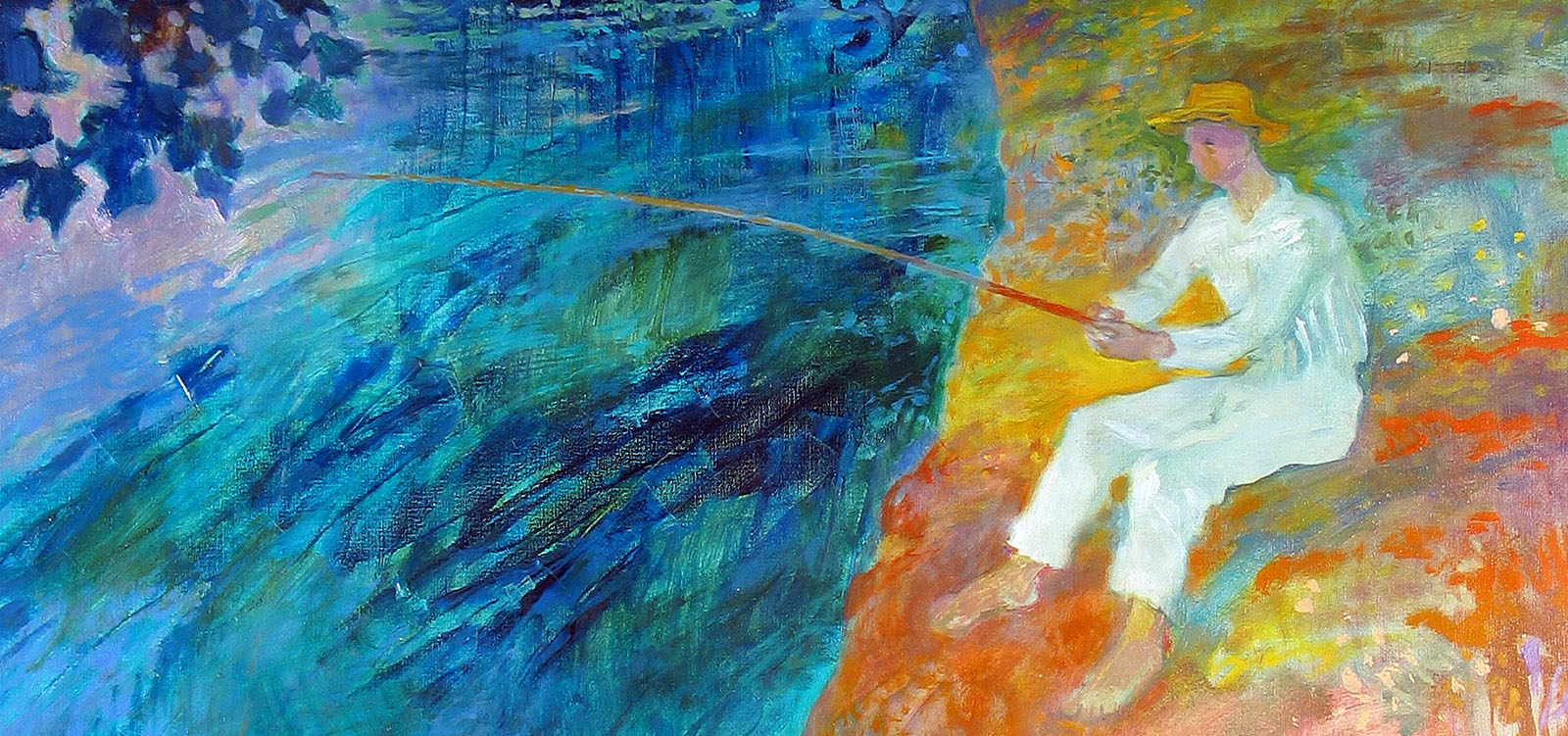
Investing in Art - The Art of Investing
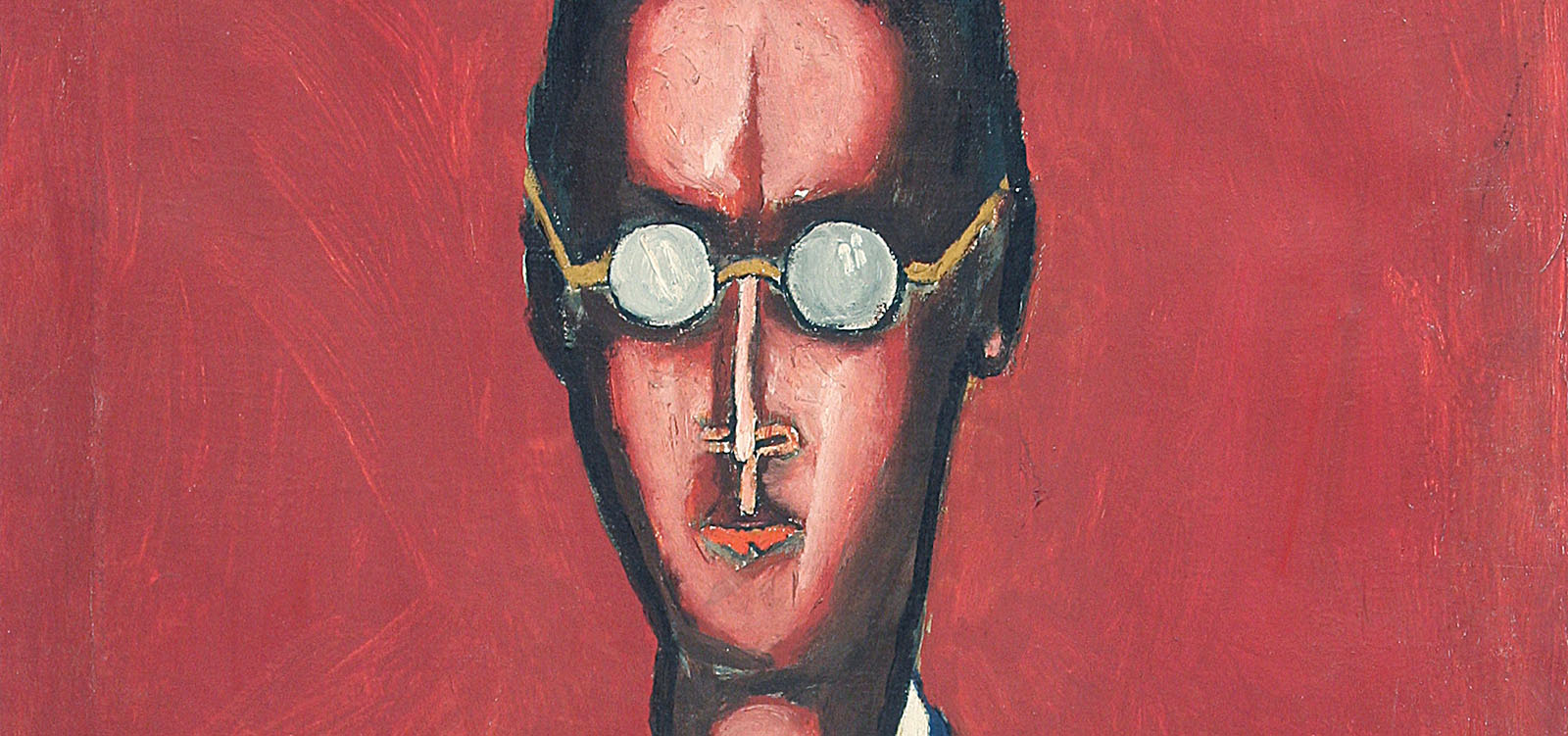
We create art collections
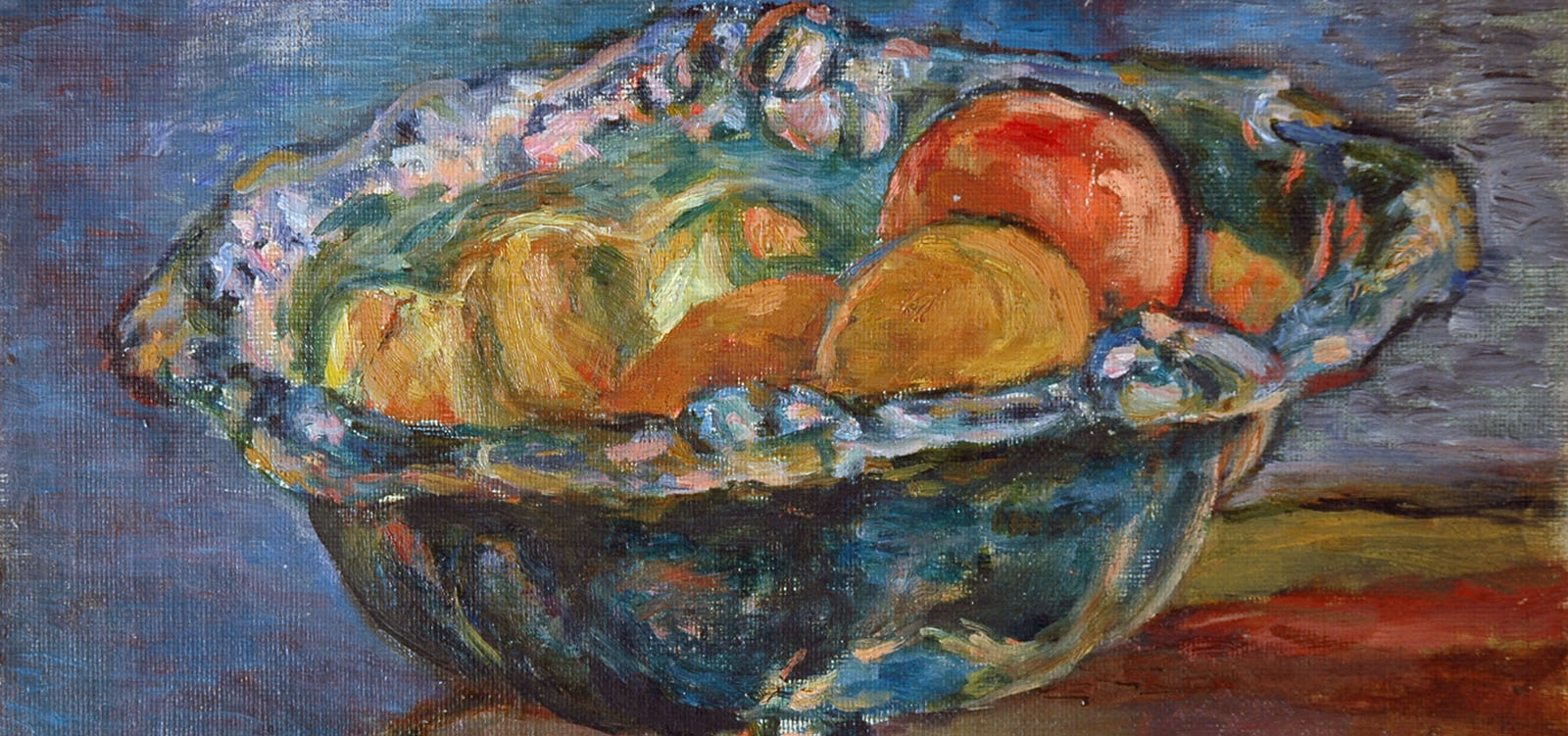
Art Consulting
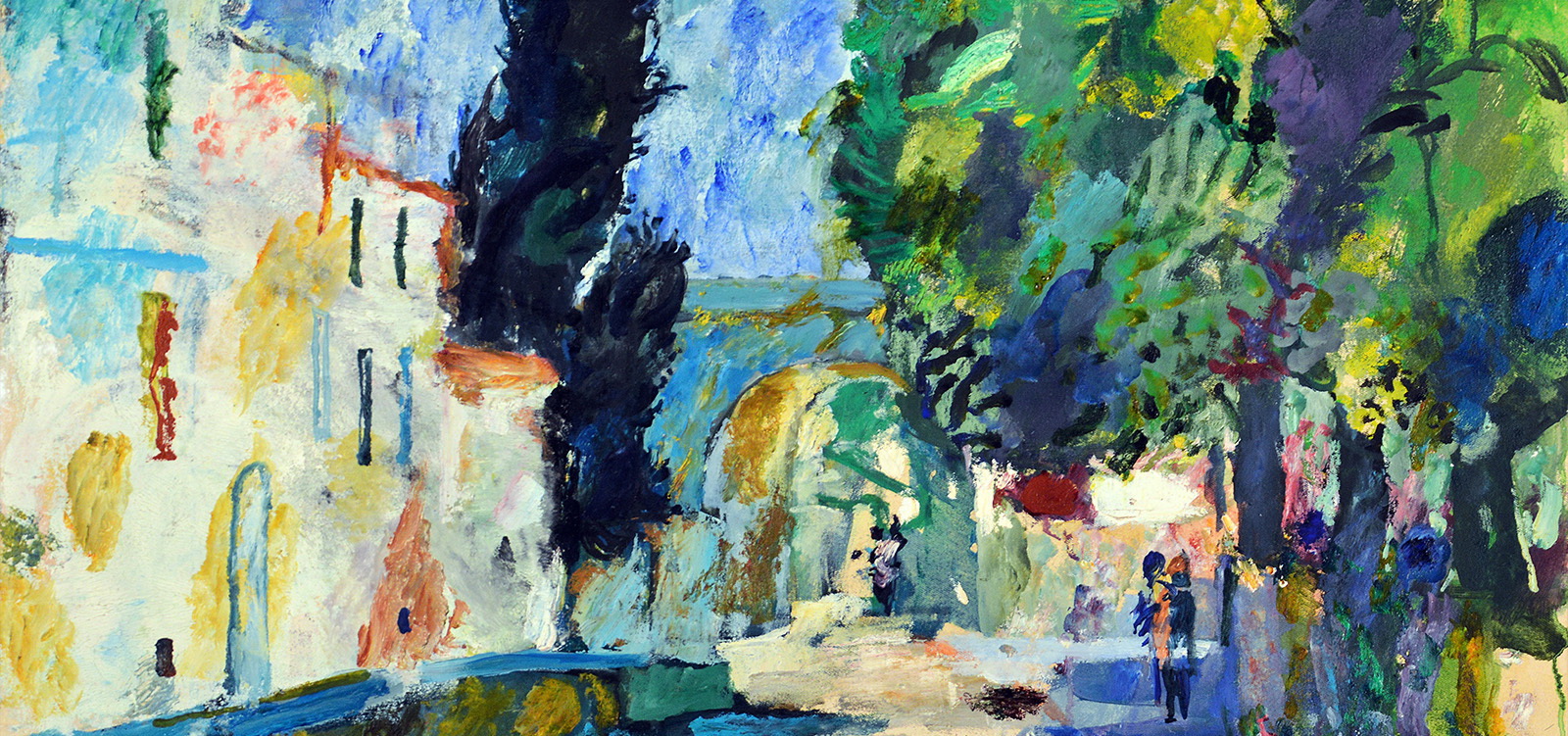
Arranging art collections
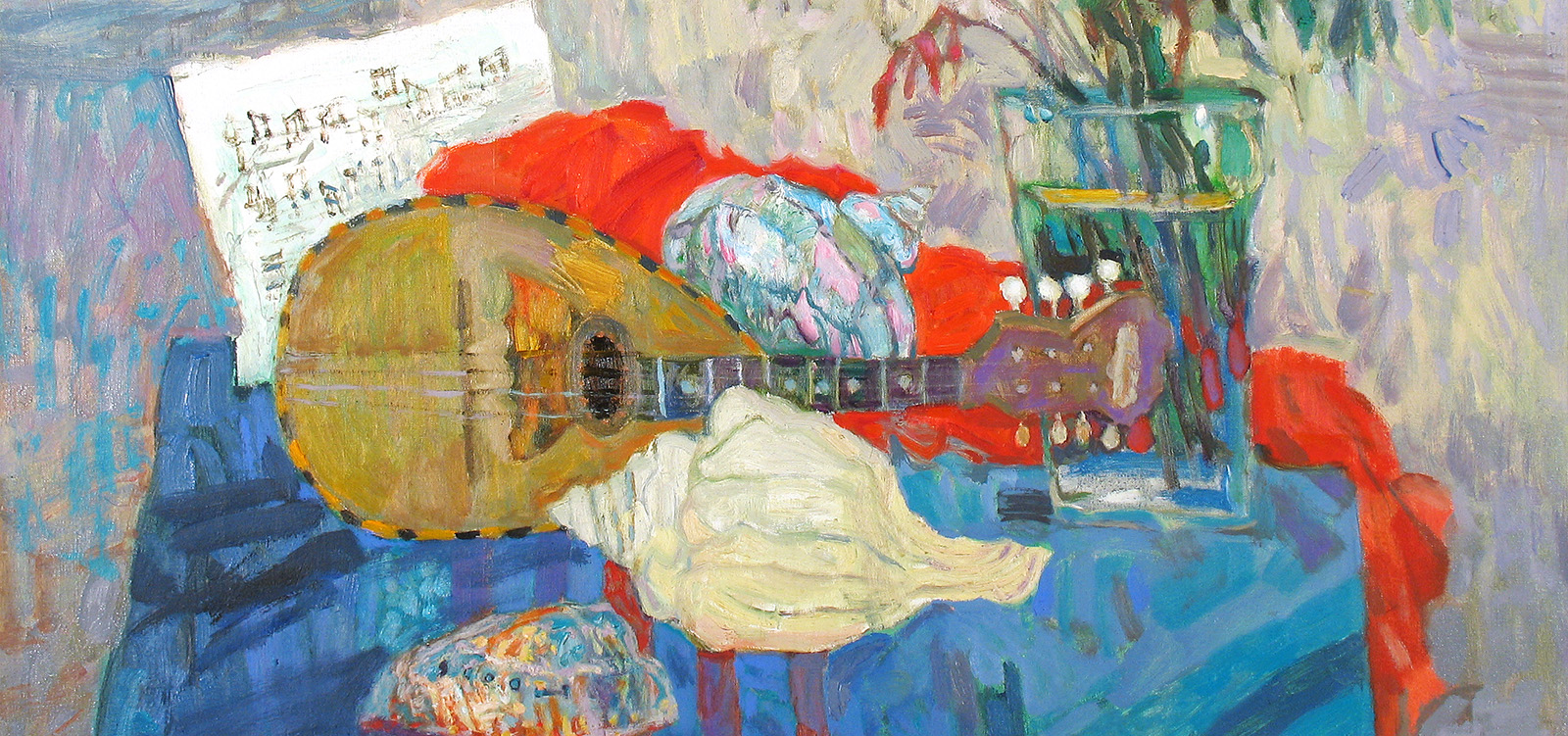
Cataloguing collections of works of art
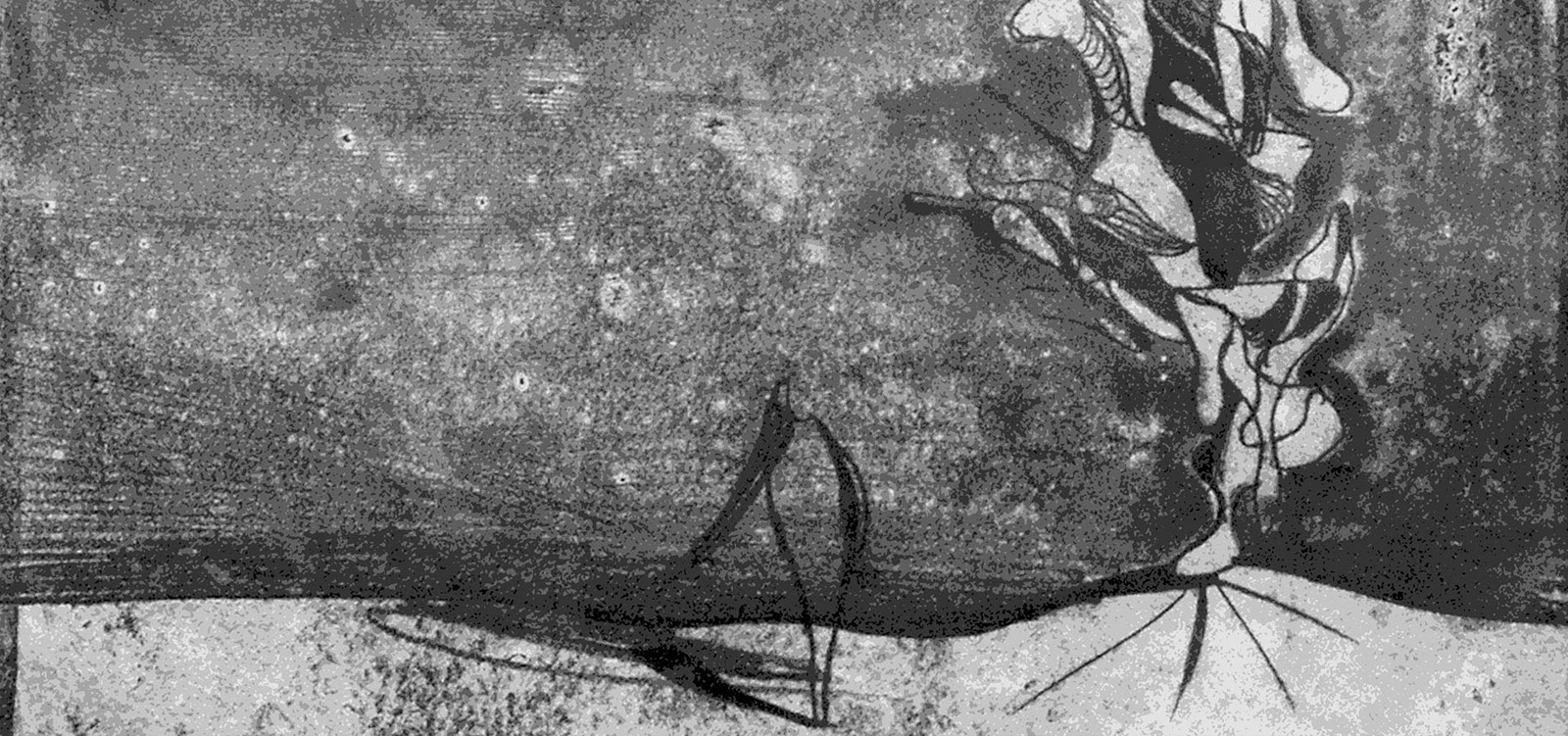
Consevation of works of art
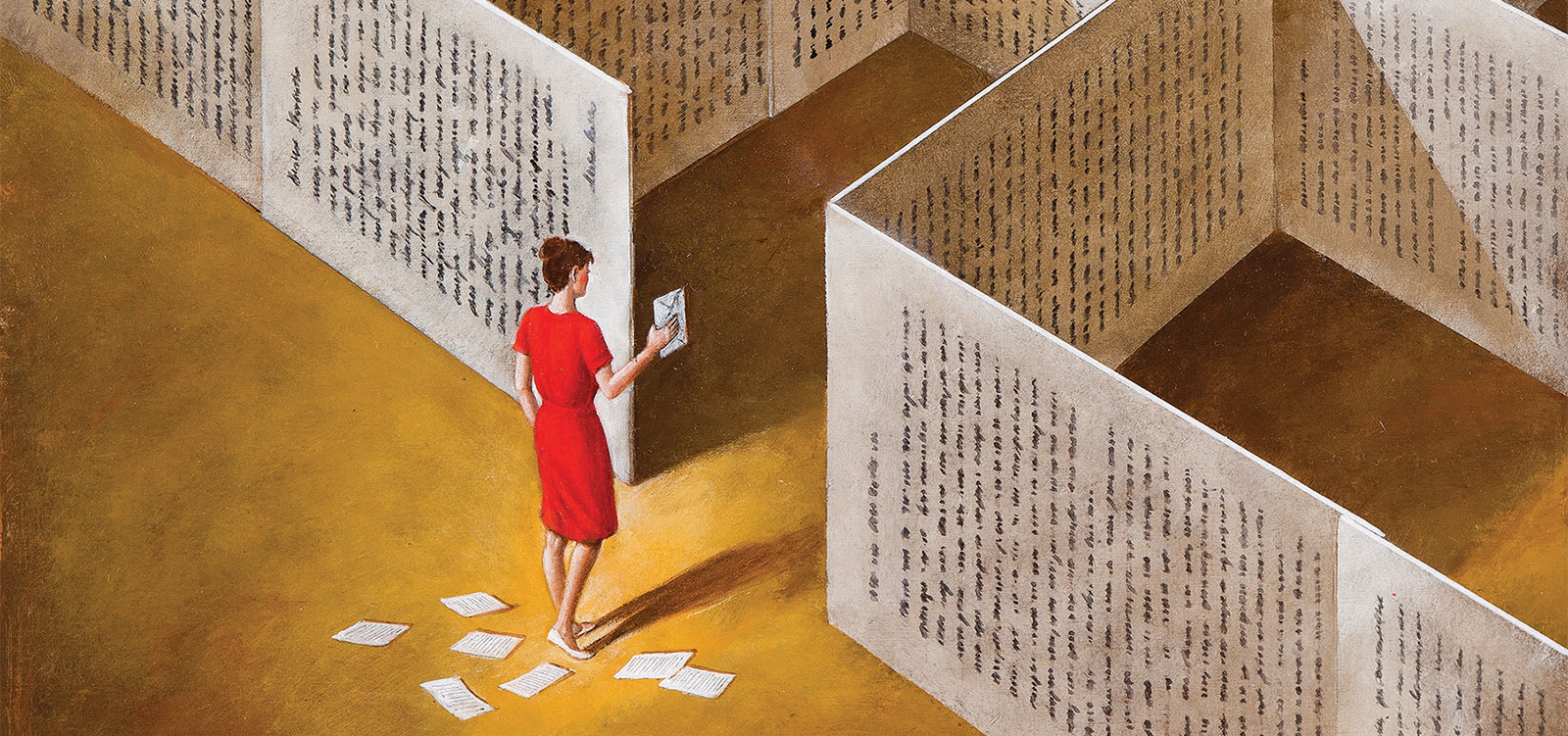
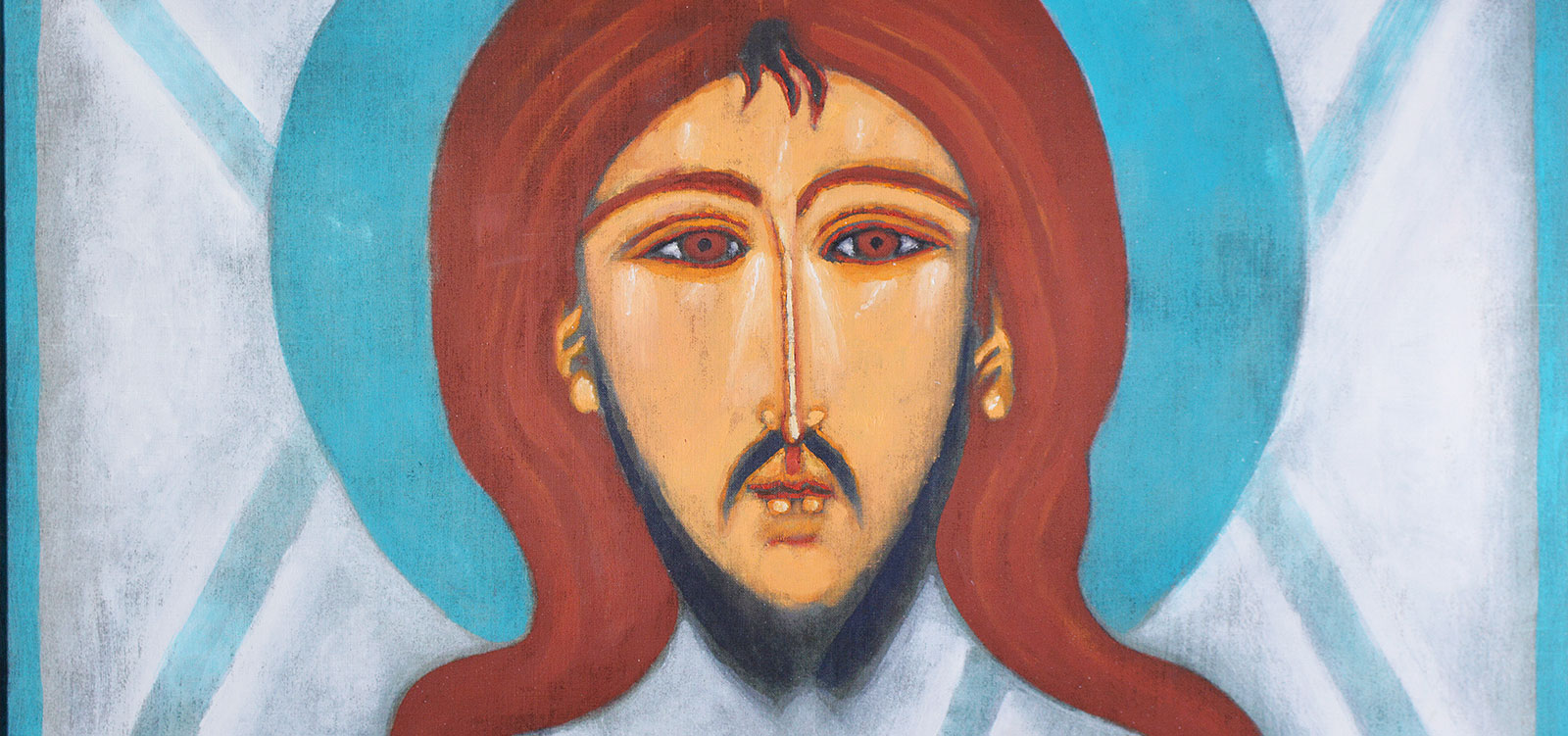
There are at least three reasons why I should not write about the artistic output of Renata Bonczar: she is my ex-student, present neighbour and I do not share her point of view on art. There still is a fourth reason, and that is, the longer one lives the more doubtful one becomes and in spite of acquired practical knowledge one is less and less convinced of being in the right and because of this more and more stubborn, highhanded and orthodox. If, in addition to this, one tries to share one's repository of practical wisdom with others then one risks being called a grumbler and a bore.
But I have no choice, because having signed my name 20 years ago under the diploma of Renata Bonczar I am somehow obliged to testify to her work, irrespective of the circumstances. The reflection on boring talk came to my head when I was reading someone else's statements as well as my own on the subject of Renata Bonczar's artistic output, where the authors were occupied in eloquent descriptions of the charms of her painting, that is of something which everyone can see without anyone else's help.
I shall therefore try to do something a little different. I shall try to tell about that which cannot be seen. As I mentioned earlier, I do not share Renata's point of view on art, therefore with the kind-heartedness of a former schoolteacher but also with the scepticism of a colleague - painter, I have been observing her creative production for 20 years. She has convinced me during these years that not only is she performing her profession but she is painting because she must, that is with passion and obsessively. I do not find in her painting the answer to the universal question concerning the problems of life's triumph over death or vice versa; I am not even sure whether she poses such questions. Instead, I am certain of her ascertainment of facts, which she does not argue with but tries to find a suitable form for expressing her emotions towards their existence. It also seems to me that Renata treats each painting as a interim stage, as the beginning of the next painting which will come into being as the result of the previous one and thus the recording of her personal participation in the passing of time will be accomplished.
I would say that this is painting done in conformity with the consistency of Nature; with the rhythm of life, passing away and death. Seed-root-flower-fruit-seed. Spring-summer-autumn-winter-spring. Therefore, I shall risk the remark that Renata's painting is biological. Not on account of what it "presents" but how it comes into being; that each time it forms a small part of its author, not a work of art next to which the author stands, but precisely a small part which she gives of herself. (I should even say: that she gives birth to, that would be more accurate, but at the same time it would sound too much like graphomania and not very elegant).
I think there is still something else that Renata longs for, what she fears, looks for and, thank God, what she aims for. Let us look at her paintings. In spite of their consistency, in spite of the fact that one painting generates another, the passing years, day after day, have left their impression on them.
The first works with their "roots" and origin in nature (fire, water, stone, egg, phallus, etc.) were a departure from the source, that is to say paintings that did not present anything. They were Renata's recognition signal which placed her painting in the field of non-geometric or expressive abstraction, if you like. With the passing of time strange "landscapes" of the soul and of the imagination were being created. There appeared the already mentioned problem of passing, mysterious obstacles, drama with illusions of tranquillity or self-assertion, tension, encirclement and more and more frequent attempts at expressing something inexpressible, because it is but an evasive illusion.
However, if one were to analyse these paintings properly, then it is not hard to notice that what was supposedly impossible, was more and more often assuming the shape of a fully probable, non-imaginary reality.
It is still the reality of the "soul", still the reality of "imagination" but after all, without pretending, one can see in them the outline of horizons, and of the Earth.
During recent years this tandency has been growing more intense, what can be seen, for example, in such cycles as: "In search of lost places, times and cities" painted with the outright indication of location: Prilep, Benares!
I think that Renata more and more often is giving up workshop possibilities and the pictorial charms of her painting, most evidently longing for something that exists, that is physical, real. (And who knows, maybe at some time in the future - figurative?).
She is making more and more frequent attempts at meterializingthis nostalgia in her painting. It emerges more and more realistically, like excavations: houses, palaces, towers; revealing landscapes with lakes, sea, outline of trees (or sails?), "purple gates" open, revealing to us the well-known, native Ithaki.
And thus we have returns. Because who matures, returns. The author herself says this:"(...) I return to situations and places which give me energy, which are my inspiration".
Merely that? I have the impression that after 20 years Renata Bonczar takes on the risk of consistent divorce with what had once been her identification sign. This is no pause, no return, regression or blind alley. This is the testimony of development and courage. The history of art, also Polish art, knows of numerous such cases, for example J. Lebenstein. The early, geometric, clumsy and flat "axial figures" with the passing of years have changed into classical ones, enchanting with their masterly skill and fineness of expression, a Bestiary.
It is not my intention to make a qualitative assessment of this metamorphosis, because as I have mentioned earlier, I was Renata's school teacher, but it was long ago and my opinions today bear no significance. However, I cannot refrain from expressing my satisfaction and joy, that my scepticism melts when I see maturation, in other words the return to origins, being all the more precious because accomplished in a long and roundabout way.
All that is left to me, before I shut my mouth and the door, is to express my trust in the further development of Renata Bonczar's art, because although she is a maiden of 20 summers, she is still young.
Jerzy Duda-Gracz